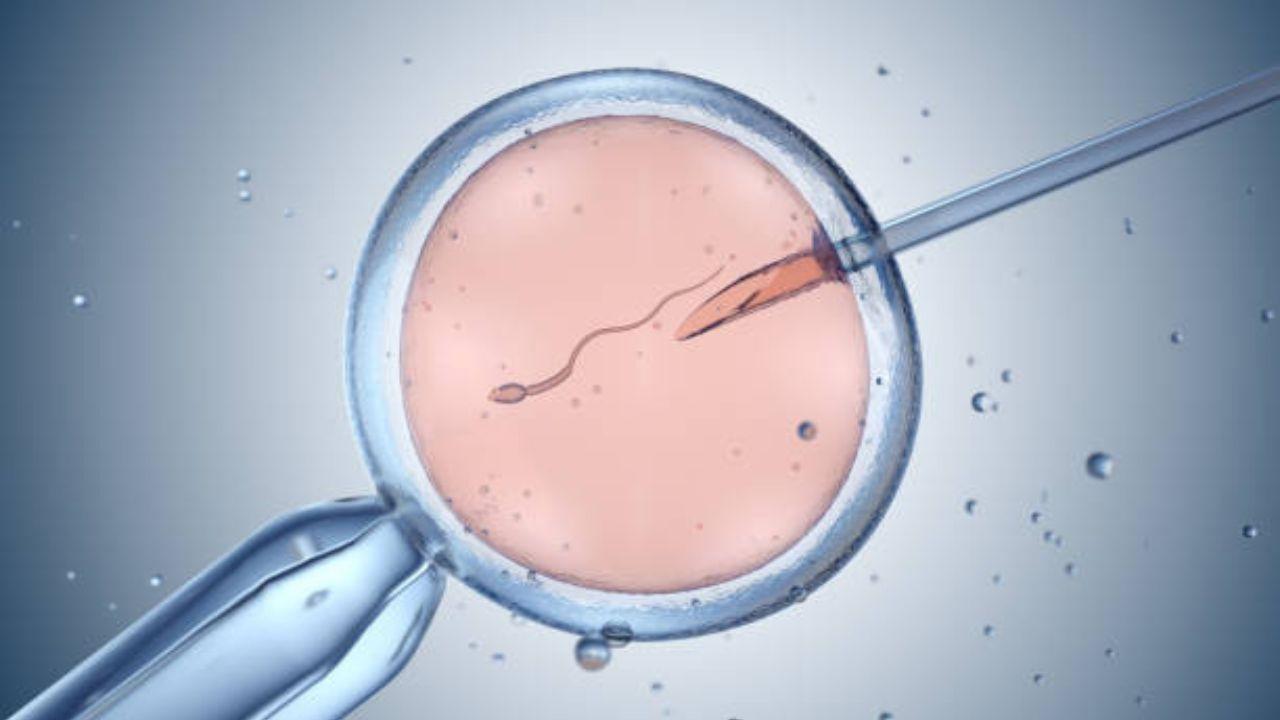These numbers were found to be in line with global trends, where the Total Fertility Rate (TFR) was over 4.8 children per woman in 1950 and fell to 2.2 children per woman in 2021

Image for representational purposes only. Photo Courtesy: iStock
India's fertility rate dropped from nearly 6.2 in 1950 to just under 2 in 2021, and is projected to fall further to 1.29 and 1.04 in 2050 and 2100, respectively, according to a new global research published in The Lancet journal.
ADVERTISEMENT
These numbers were found to be in line with global trends, where the Total Fertility Rate (TFR) was over 4.8 children per woman in 1950 and fell to 2.2 children per woman in 2021. These figures have been projected to fall to 1.8 and 1.6 in 2050 and 2100, respectively. The study found that there were 12.9 crore live births the world over in 2021 -- an increase from roughly 9.3 crore in 1950, but a decline from the peak of 14.2 crore in 2016.
In India, there were more than 1.6 crore and over 2.2 crore live births in 1950 and 2021. The number is projected to fall to 1.3 crore in 2050. However, even as much of the planet contends with the challenges of low fertility, many low-income countries will still be facing high fertility issues during the 21st century, said the researchers from the Global Burden of Disease (GBD) 2021 Fertility and Forecasting Collaborators.
The high fertility in these low-income regions, particularly in some countries and territories in western and eastern sub-Saharan Africa, will result in a demographically divided world, they said.
The majority of children will be born in some of the poorest regions in the world, with low-income countries' share in the global live births almost doubling from 18 per cent to 35 per cent from 2021 to 2100, the researchers projected.
Further, with the worsening climate change, many of these high-fertility low-income countries are expected to also experience more frequent floods, droughts and extreme heat, all of which threaten food, water and resource security, along with dramatically raising the risk of heat-related illnesses and death, they said.
As population across the globe ages, the researchers' latest findings on fertility will have profound effects on economies, geopolitics, food security, health, and the environment, with a "clear demographic divide" between the effects experienced by middle-to-high-income versus low-income regions, they said.
Unless governments identify unforeseen innovations or funds addressing the challenges of an ageing population, this demographic shift will increasingly stress the national health insurance, social security programmes, and health-care infrastructure, the team said.
They also acknowledged that while a sustained decline in world population may present opportunities for environmental progress by lowering strain on resources and carbon emissions, an increasing consumption per capita due to economic development could offset these benefits.
For limiting the concentration of live births in these high-fertility, low-income regions, the researchers suggested improving women's access to education and contraceptives -- the two main drivers of fertility, according to them.
Even as fertility is declining globally, the researchers projected "considerably steeper fertility declines in the next several decades" in the sub-Saharan Africa through rapid scale-up of education and contraceptive access.
The GBD study is the largest and most comprehensive effort to quantify health loss across places and over time, according to the Institute for Health Metrics and Evaluation (IHME), University of Washington (UW), US, which coordinates it.
Poonam Muttreja, Executive Director of Population Foundation of India (PFI), a non-profit organisation promoting gender-sensitive population and health policymaking, said the findings have "profound implications" for India and includes challenges such as an aging population, labour force shortages, and potential social imbalances due to gender preferences.
"While these challenges are still a few decades away for India, we need to start acting now with a comprehensive approach for the future," Muttreja said in a statement.
"Economic policies stimulating growth and job creation, alongside social security and pension reforms, will also be essential in adapting to and mitigating the impacts of declining fertility rates," said Muttreja.
This story has been sourced from a third party syndicated feed, agencies. Mid-day accepts no responsibility or liability for its dependability, trustworthiness, reliability and data of the text. Mid-day management/mid-day.com reserves the sole right to alter, delete or remove (without notice) the content in its absolute discretion for any reason whatsoever.
 Subscribe today by clicking the link and stay updated with the latest news!" Click here!
Subscribe today by clicking the link and stay updated with the latest news!" Click here!







